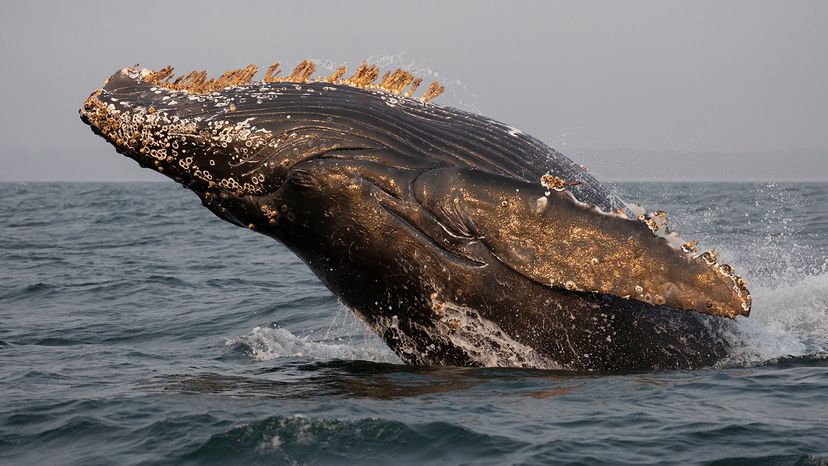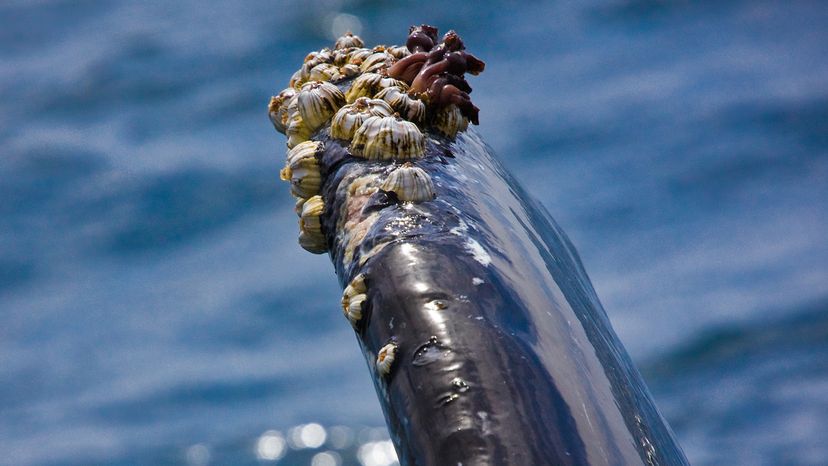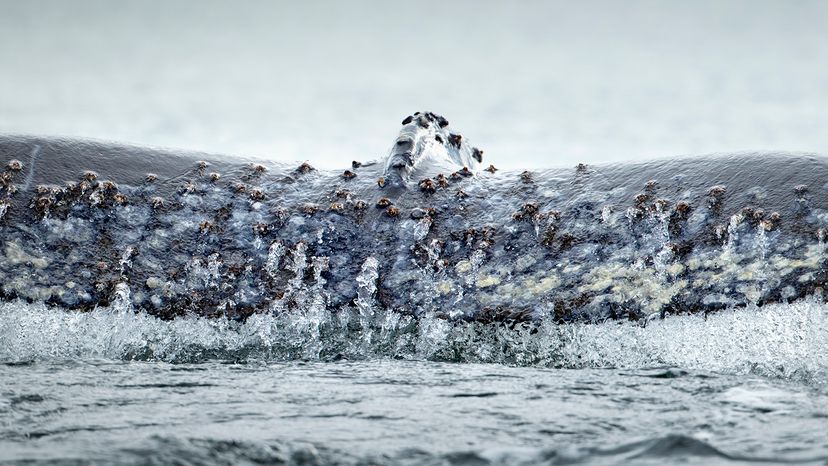
If you've ever seen images of baleen whales covered in little white bumps, you’ve probably wondered—what’s the deal with barnacles on whales? These crusty hitchhikers may look like pests, but they tell a fascinating story of marine life, symbiosis and survival.
Here’s how these barnacle clusters form, what they mean for whale skin, and why they’re so common on gentle giants like gray whales and humpback whales.
Advertisement

